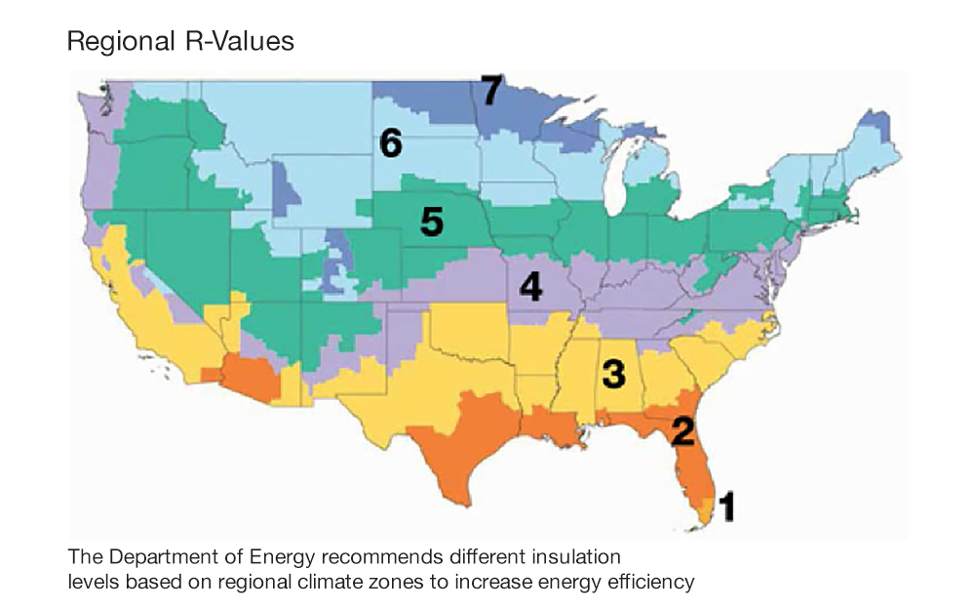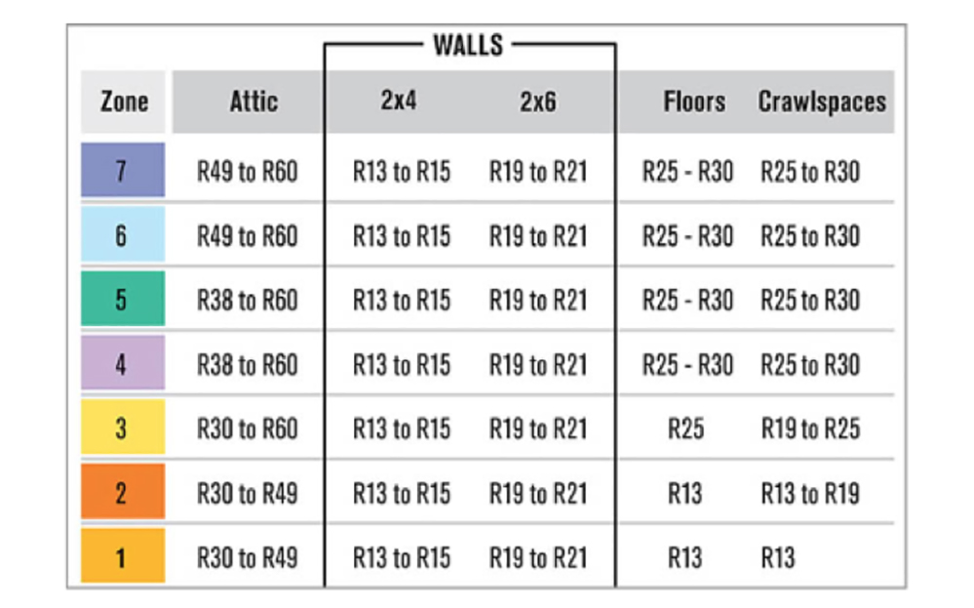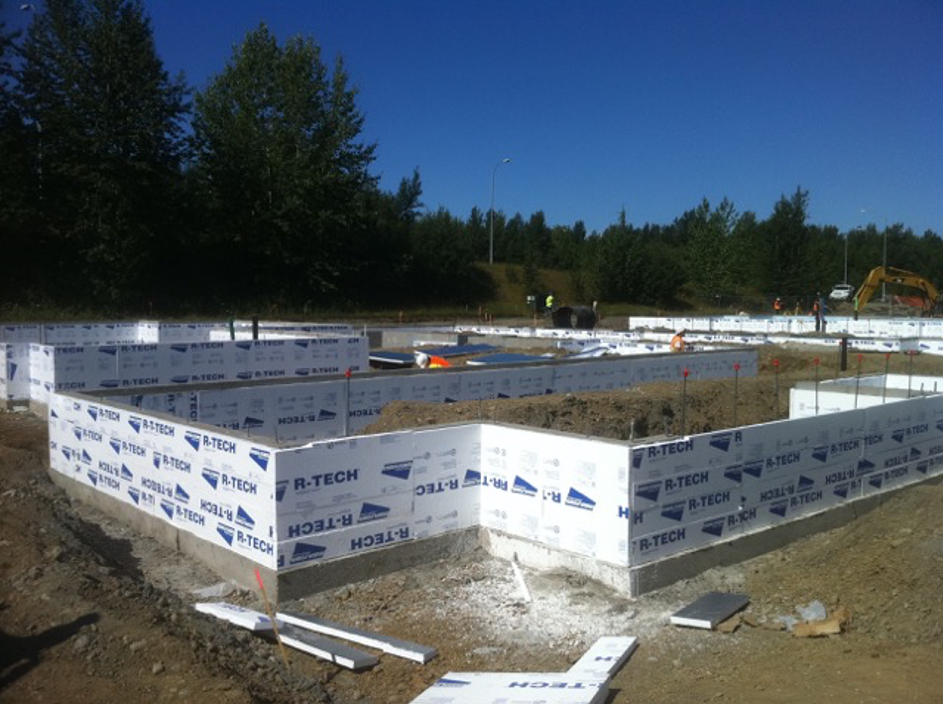Below-Grade Insulation
By Darin Williams
To begin understanding insulation, it’s important to first understand R-values. An R-value measures how well certain building materials, particularly insulation or materials with insulating properties, can resist heat. The higher the R-value, the greater the insulation performance. Project calculators are available online to help builders and contractors determine insulation needs. These include maps of the United States showing regional climate zones and what insulation is necessary, as a minimum, in attics, walls, floors, as well below-grade (foundations, slabs, crawlspaces, or basements).


Insulation reduces the loss of HEAT. As a thought exercise, consider that darkness does not infiltrate a lighted area but rather light infiltrates darkness. In the same way (except for an actual void, such a cold outside breeze blowing through a partially open window), cold air does not flow into an area to make it less warm. Instead, warmth “leaks” through materials to leave behind a “less warm” area. By insulating an area, you slow down the heat from entering something (an Igloo cooler of ice, for example) or leaving something (a Thermos of coffee, for example).
Installing below-grade insulation means the application of an R-value material under a slab (horizontal installation) or next to foundation walls (vertical installation). This is important because non-insulated concrete provides a thermal and moisture bridge between the cooler earth temperatures outside, particularly at or above the ground frontline (typically 36” in Colorado), and the warm building interior. Soil is a poor insulator; according to an Expanded Polystyrene (EPS) Industry Alliance report, the lack of below-grade insulation accounts for up to 25% of a structure’s total energy loss. Additionally, below-grade insulation helps manage moisture to reduce interior condensation on foundation walls. And when installed on the exterior, rigid insulation helps prevent freeze-thaw cycling damage to concrete.
Factors associated with below-grade insulation include not only the R-value but also the moisture retention rating and compressive strength. Moisture degrades a material’s ability to insulate, so selecting a material that retains little moisture is important. Compressive strength is also a key consideration because an R-value is degraded when a product is crushed. However, installation under a concrete slab is often not an issue when the concrete can support and diffuse heavy loads.
At Outpost, we offer rigid insulation from DOW Chemical, Owens Corning and Insulfoam in all available sizes on the market. Whether it's blue, pink or white, we are happy to help you get the job done.
